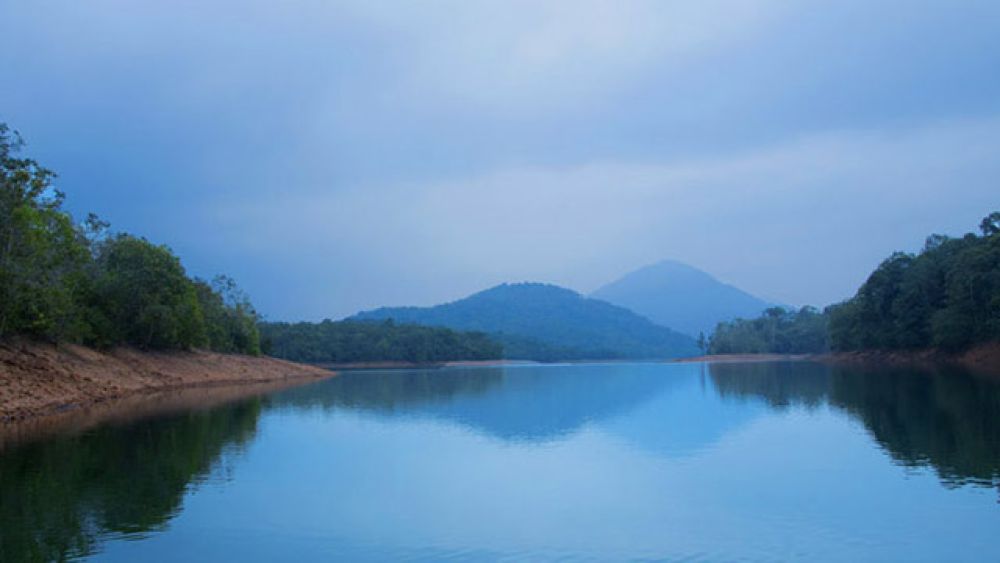

Tucked away in the southeastern corner of the Western Ghats is a picturesque destination known as the Neyyar Dam and Wildlife Sanctuary. This tranquil retreat in Thiruvananthapuram, the capital of the Indian state of Kerala, has been captivating tourists with its natural beauty and abundant wildlife for decades.
The history of tourism at Neyyar Dam and Wildlife Sanctuary traces back to its inception in 1958 when the dam was constructed for irrigation purposes. However, it was the establishment of the wildlife sanctuary in 1958 over a sprawling area of about 128 square kilometers that marked the area as an ecotourism spot. The sanctuary's official creation aimed to protect the rich flora and fauna of the region, particularly the Neyyar River basin.
Over the years, the sanctuary became known for its diverse ecosystem which includes deciduous forests, thickets of bamboo, and tall grasslands. It houses a substantial population of Asian elephants, along with other species such as Indian bisons, sambars, leopards, tigers, and slithering reptiles. Tourism picked up pace in the 1980s, with environmentalists and nature enthusiasts being the primary visitors.
In the later years, the Neyyar Dam and Wildlife Sanctuary developed into a haven for family outings and picnics due to the scenic beauty it offers and the calm waters of the dam. Moreover, the Agasthyakoodam Peak, which is part of the sanctuary, became popular among trekkers. The peak is revered for its medicinal herbs and its biodiverse landscapes.
In recent times, sustainable and responsible tourism has been the focus at Neyyar Dam and Wildlife Sanctuary. This means there has been an emphasis on preserving the natural environment while catering to the needs of tourists.
Eco-tourism initiatives have been introduced to allow tourists to experience the sanctuary's wilderness with minimal ecological impact. Activities like bird-watching tours, trekking, boat rides, and visits to the crocodile rehabilitation center and the lion safari park are now conducted under strict guidelines to ensure the protection of the environment.
The integration of local communities in tourism is also a significant trend. Local people are involved in running eco-cottages and serving as guides to visitors, which helps in promoting cultural exchange and boosting the local economy.
Adventure tourism has seen a spike, with more tourists looking for adrenaline-filled experiences such as mountain climbing, trekking to Agasthyakoodam during the permitted season, and participating in the annual Neyyar River canoe marathon.
Furthermore, the Yoga and Ayurveda retreats within the sanctuary have also gained prominence, attracting individuals seeking wellness tourism opportunities. They offer holistic treatments and programs in serene settings surrounded by lush greenery.
It's clear that the Neyyar Dam and Wildlife Sanctuary has evolved from a hidden gem to a well-known ecotourism hotspot. With its commitment to conservation and the inclusion of sustainable practices, it continues to be a model for responsible tourism in Kerala.
For those seeking to immerse themselves in nature, see diverse wildlife, and experience the rich culture of Kerala, the Neyyar Dam and Wildlife Sanctuary in Trivandrum remains an enchanting destination to visit.